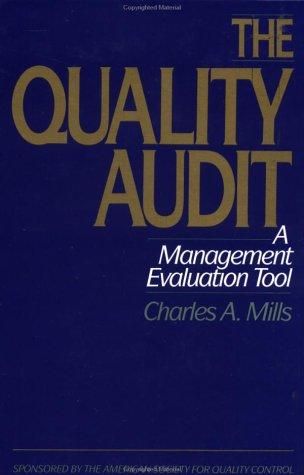Exercise on Partnership Formation The post closing trial balance of Baher & Maher Partnership and Amin & Yasin partnership follows: Baher & Maher Amin & Yasin Trial Balance Trial Balance Dr. ($) Cr. (S) Dr. (s) Cr. (S) Cash 25,000 Cash 22,000 Accounts receivable 100,000 Accounts receivable 150,000 Allowance for doubtful accounts 2,000 Allowance for doubtful accounts 6,000 Inventory 175,000 Inventory 119,000 Building & equipment 105,000 Building & equipment 160,000 Accumulated depreciation 24,000 Accumulated depreciation 61,000 Accounts payable 40,000 Accounts payable 60,000 Note Payable 100,000 Note Payable 120,000 Baher Capital 95,000 Amin Capital 65,000 Maher Capital 144,000 Yasin Capital 139,000 405,000 405,000 451,000 451,000 The 2 partnerships decided to combine and form one partnership after considering the following: 1. Profit and loss ratios. The profit and loss sharing ratios for the former partnerships were 40% to Baher and 60% to Maher, and 30% to Amin and 70% to Yasin. The profit and loss sharing ratio for the new partnership is Baher 20%; Maher 30%; Amin 15%; Yasin 35%. 2. Capital investments. The opening capital investments for the new partnership are to be in the same ratio as the profit and loss sharing ratios for the new partnership. If necessary, certain partners may have to contribute additional cash, and others may have to withdraw cash to bring the capital investments into the proper ratio. 3. Accounts receivable. The partners agreed to set the new partnership's allowance for bad debts at 3% of the accounts receivable contributed by B&M and 12% of the accounts receivable contributed by A&Y. 4. Inventory. The new partnership's opening inventory is to be valued by the FIFO method. B&M used the FIFO method to value inventory (which approximates its current value), and A&Y used the LIFO method. The LIFO inventory represents 85% of its FIFO value. 5. Property and equipment. The partners agree that the building's current value is approximately 70% of the building's historical cost, as recorded on each partnership's books. 6. Unpaid liability. After each partnership's books were closed on 30/6/2020, an unrecorded merchandise purchase of $1,500 by A&Y was discovered. The merchandis had been sold by 30/6/2020. Exercise on Partnership Formation The post closing trial balance of Baher & Maher Partnership and Amin & Yasin partnership follows: Baher & Maher Amin & Yasin Trial Balance Trial Balance Dr. ($) Cr. (S) Dr. (s) Cr. (S) Cash 25,000 Cash 22,000 Accounts receivable 100,000 Accounts receivable 150,000 Allowance for doubtful accounts 2,000 Allowance for doubtful accounts 6,000 Inventory 175,000 Inventory 119,000 Building & equipment 105,000 Building & equipment 160,000 Accumulated depreciation 24,000 Accumulated depreciation 61,000 Accounts payable 40,000 Accounts payable 60,000 Note Payable 100,000 Note Payable 120,000 Baher Capital 95,000 Amin Capital 65,000 Maher Capital 144,000 Yasin Capital 139,000 405,000 405,000 451,000 451,000 The 2 partnerships decided to combine and form one partnership after considering the following: 1. Profit and loss ratios. The profit and loss sharing ratios for the former partnerships were 40% to Baher and 60% to Maher, and 30% to Amin and 70% to Yasin. The profit and loss sharing ratio for the new partnership is Baher 20%; Maher 30%; Amin 15%; Yasin 35%. 2. Capital investments. The opening capital investments for the new partnership are to be in the same ratio as the profit and loss sharing ratios for the new partnership. If necessary, certain partners may have to contribute additional cash, and others may have to withdraw cash to bring the capital investments into the proper ratio. 3. Accounts receivable. The partners agreed to set the new partnership's allowance for bad debts at 3% of the accounts receivable contributed by B&M and 12% of the accounts receivable contributed by A&Y. 4. Inventory. The new partnership's opening inventory is to be valued by the FIFO method. B&M used the FIFO method to value inventory (which approximates its current value), and A&Y used the LIFO method. The LIFO inventory represents 85% of its FIFO value. 5. Property and equipment. The partners agree that the building's current value is approximately 70% of the building's historical cost, as recorded on each partnership's books. 6. Unpaid liability. After each partnership's books were closed on 30/6/2020, an unrecorded merchandise purchase of $1,500 by A&Y was discovered. The merchandis had been sold by 30/6/2020







